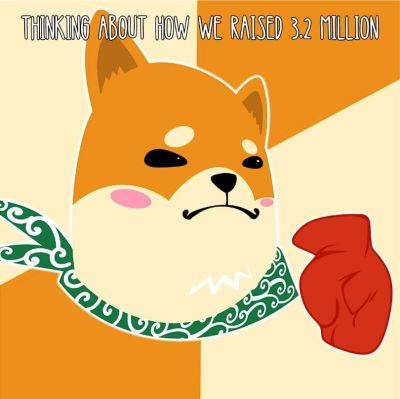Cryptocurrency and the Accessibility of Bitcoin Conversion Rates
In 2024, many people attempt to socially devalue the concept of cryptocurrency. To many, cryptocurrency is little more than a fad whose time has come and gone. This derogatory view often stems from the supposed loftier ambitions and prognostications in the early 2020s about how cryptocurrency was destined to replace physical money via chain links. Clearly, that did not happen, yet cryptocurrency still lives on. Cryptocurrencies, such as Bitcoin and Solana, have been around much longer than many people realize and are still accepted by many businesses today.
Despite its more recent popularity surge, Bitcoin was actually created back in 2009. In 2013, well over a decade ago, Forbes even named Bitcoin the best investment prospect of the year. This signaled the rise of cryptocurrency’s notoriety and influence in the culture at large some seven years before it would first truly erupt in popularity. While Bitcoin is undoubtedly the most widely popular form of cryptocurrency on the market, it is far from the only one.
Bitcoin tokens are valued by their scarcity. Bitcoin’s value stems from a supply-and-demand methodology, in which the fact that there are so few of them drives the value of the ones that are made up. In this way, a single Bitcoin can be worth an immense amount of money. A huge contributing factor to the continued success of Bitcoin in the cryptocurrency market is thanks to its transferability and accessibility when it comes to cashing them in for real-world funds rather than digital ones.
With so much cutting-edge technology, having it work in conversation with other pieces of technology or older elements of the system can be difficult. If you get the newest model of a given company’s cell phone, it may not interact
Read more on cryptonews.com





















